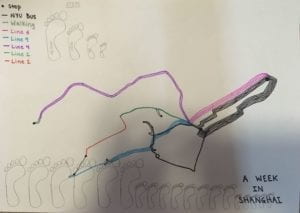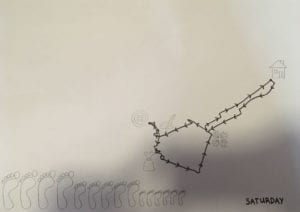WCS information sheet –
Before reading the WCS information sheet and looking at the MARCOS data I didn’t really know just how much wildlife lived in the New York Bight. Everything I ever heard about was always how polluted and gross it was which made me think that nothing could really live there. The WCS lists a bunch of things they are working on to improve conservation of the area, but the basic fact they don’t really start with is that there are actually a lot of animals there and people need to encourage conservation to save them. From the reading is seems like the WCS is also really dedicated to working with kids, so to combine this with the MARCOS data I think it might be fun to create an interactive map aimed at kids, with graphics more accessible to them, to display all the different types of wildlife in the New York bight.
WCS Tegner Report –
It’s amazing to me how seafood used to be so abundant that things like lobsters and oysters were considered poor people food, that would be unthinkable now. One of their conclusions that surprises me the most is that species composition has remained mostly constant over the past 4 centuries. Even if the population sizes have decreased, this means there is still an opportunity for us to restore the populations rather than some species being extinct or driven out of the area. It’s also important for more people to know about the 380 species, I never would have guessed there would be that many.
The Ainu: Beyond The Politics of Cultural Coexistence –
The Ainu have a similar colonization story to many other indigenous groups and yet compared to Native Americans or Aboriginal Australians, their story seems far less publicized. One part of this article that really stuck with me was looking at the phrasing of the “former aborigines protection law”. Former aborigines singled out the Ainu instead of integrating them and rather than protecting them and their culture the law just tried to assimilate them. The words we use really make a difference and the Japanese government needs to work with the Ainu to use words that represent them in a way they want to be represented. I’m really excited to see the Ainu perform if they’re able to come to NYU Shanghai and actually get to hear from and discuss with them.







